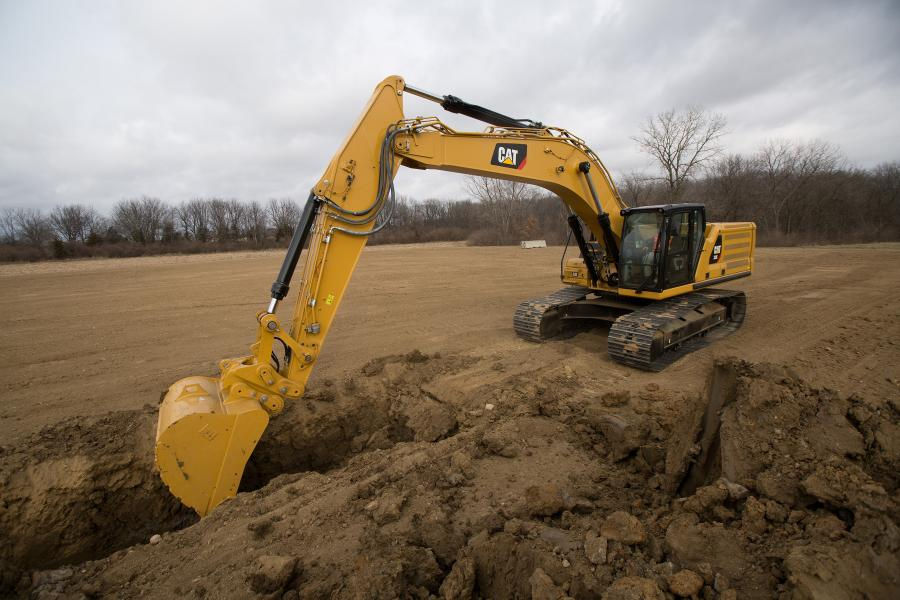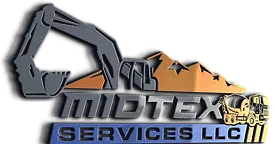Unveiling the Art of Concrete Cleaning: Tips, Techniques, and Best Practices
- Midtex Services
- Aug 3, 2024
- 3 min read

Concrete is a versatile and durable material used in various surfaces such as driveways, patios, sidewalks, and floors. However, over time, concrete can accumulate dirt, stains, and grime, detracting from its appearance and functionality. Proper cleaning not only restores the aesthetic appeal of concrete but also extends its lifespan and maintains its structural integrity. In this blog, we'll explore the art of cleaning concrete, including tips, techniques, and best practices to achieve optimal results.
Understanding Concrete Cleaning:
Before diving into cleaning techniques, it's essential to understand the factors that contribute to concrete soiling:
Surface Type: Different concrete surfaces may require varying cleaning methods. For instance, outdoor concrete like driveways may have oil stains, while indoor concrete floors may accumulate dust and spills.
Stain Sources: Common stain sources on concrete include oil/grease, dirt, algae/mold, rust, paint, and efflorescence (white deposits).
Environmental Factors: Climate, weather conditions, and exposure to pollutants can impact the cleanliness of concrete surfaces.
Essential Tools and Supplies:
Before starting the cleaning process, gather the following tools and supplies:
Protective Gear: Wear gloves, goggles, and appropriate clothing to protect yourself from cleaning solutions and debris.
Cleaning Solutions: Choose a suitable cleaner based on the type of stains. Examples include concrete degreasers, rust removers, acid-based cleaners (for tough stains), and eco-friendly options.
Scrubbing Tools: Depending on the surface, use a stiff-bristled brush, scrub brush, pressure washer, or scrubbing pad to agitate and remove stains.
Water Source: Ensure access to a water source for rinsing and diluting cleaning solutions.
Concrete Cleaning Techniques:
1. Routine Cleaning:
Sweep or use a leaf blower to remove loose debris and dirt from the surface.
Dilute a mild detergent or concrete cleaner in water and apply it to the surface.
Use a scrub brush or pressure washer to agitate the solution and remove dirt.
Rinse thoroughly with clean water and allow the surface to dry.
2. Oil and Grease Stains:
Apply an oil/grease remover or degreaser directly to the stain.
Let the cleaner sit for the recommended time to penetrate the stain.
Scrub the area with a brush or use a pressure washer for stubborn stains.
Rinse thoroughly and repeat if necessary.
3. Algae and Mold Removal:
- Mix water with a mold and mildew cleaner or a bleach solution (1 part bleach to 9 parts water).
Apply the solution to the affected areas and let it sit for several minutes.
Scrub the surface to remove algae/mold stains and rinse thoroughly with water.
4. Rust Stain Treatment:
Use a commercial rust remover or a mixture of vinegar and water (1 part vinegar to 1 part water).
Apply the solution to the rust stains and let it sit for a few minutes.
Scrub the area with a brush or scouring pad until the rust is removed.
Rinse thoroughly to neutralize the acidic solution.
Best Practices for Concrete Cleaning:
Test in a Small Area: Before applying cleaning solutions to the entire surface, test them in a small, inconspicuous area to ensure compatibility and prevent damage.
Follow Manufacturer's Instructions: Always read and follow the manufacturer's instructions on cleaning product labels for proper dilution, application, and safety precautions.
Use Protective Gear: Wear protective gear, especially when using harsh chemicals or power equipment, to prevent skin irritation and inhalation.
Preventative Maintenance: Regularly clean and maintain concrete surfaces to prevent stains, dirt buildup, and deterioration over time.
Sealing: Consider applying a concrete sealer after cleaning to protect the surface from future stains, moisture penetration, and UV damage.
Conclusion:
Cleaning concrete surfaces requires a combination of proper tools, effective cleaning solutions, and meticulous techniques. By understanding the specific cleaning needs of your concrete surface, using suitable products and equipment, and following best practices, you can achieve a clean, vibrant, and well-maintained concrete environment that enhances both aesthetics and longevity. Regular cleaning and preventative maintenance are key to preserving the beauty and functionality of concrete surfaces for years to come.





Comments